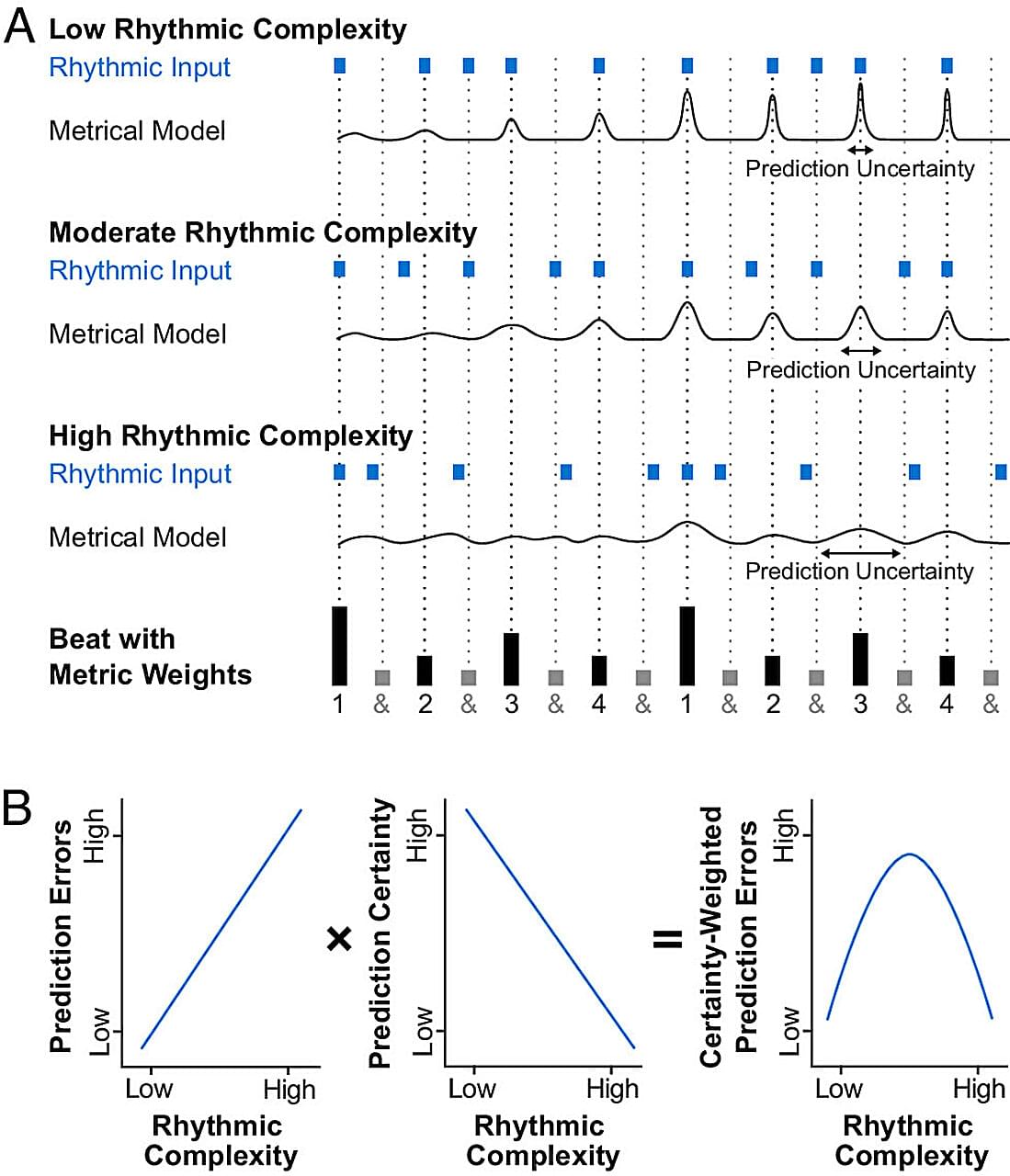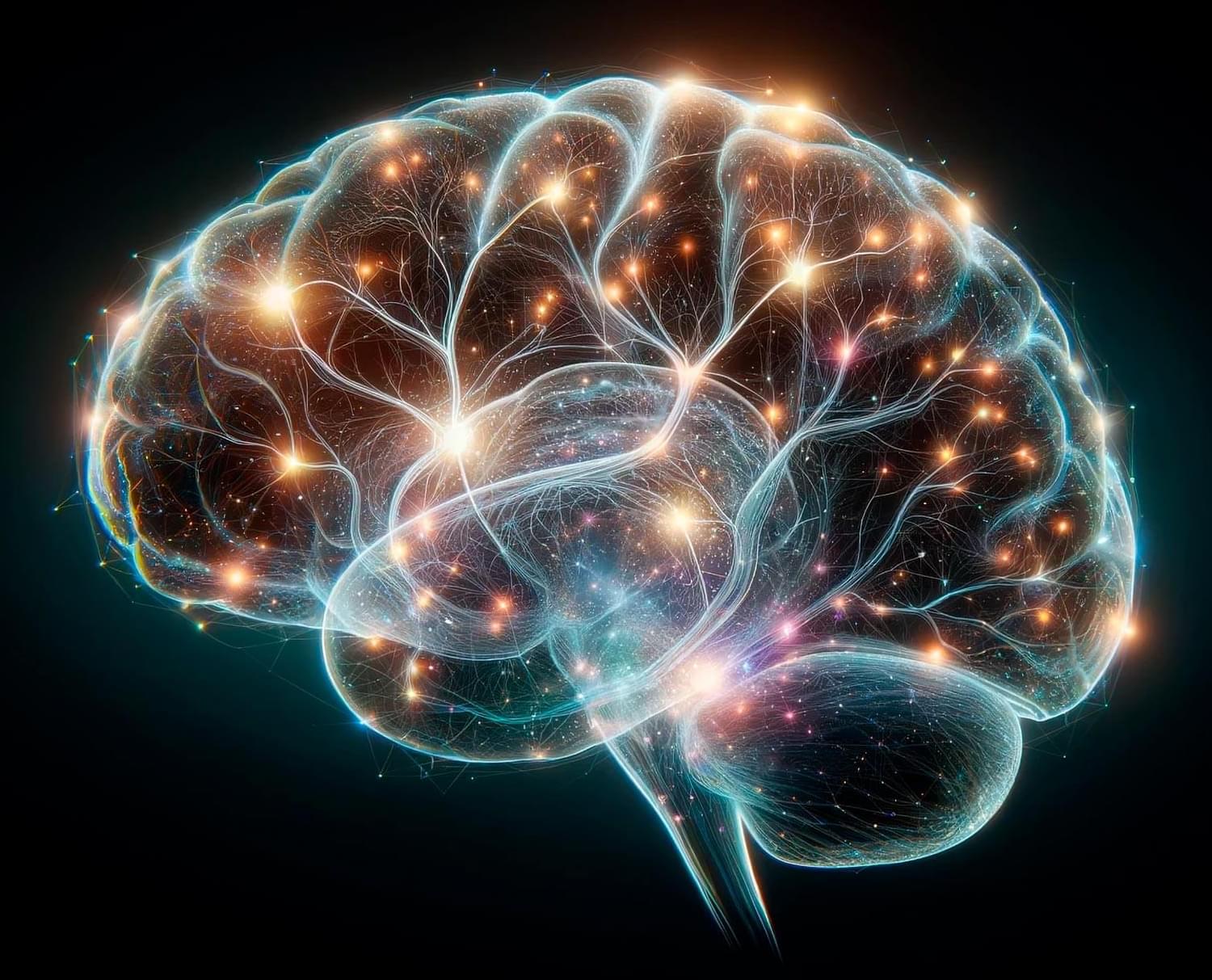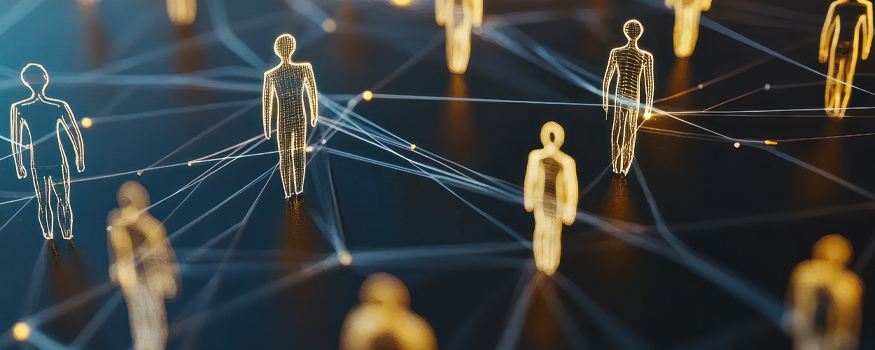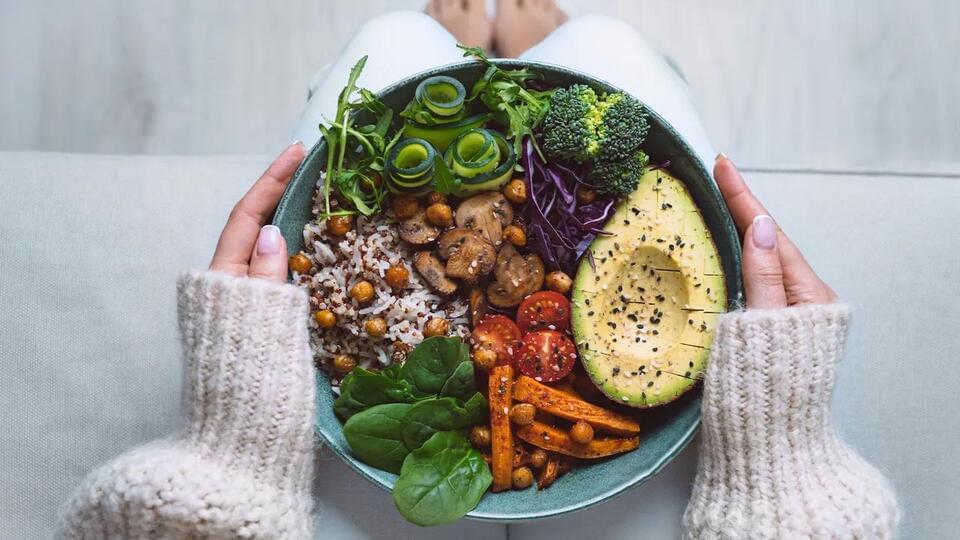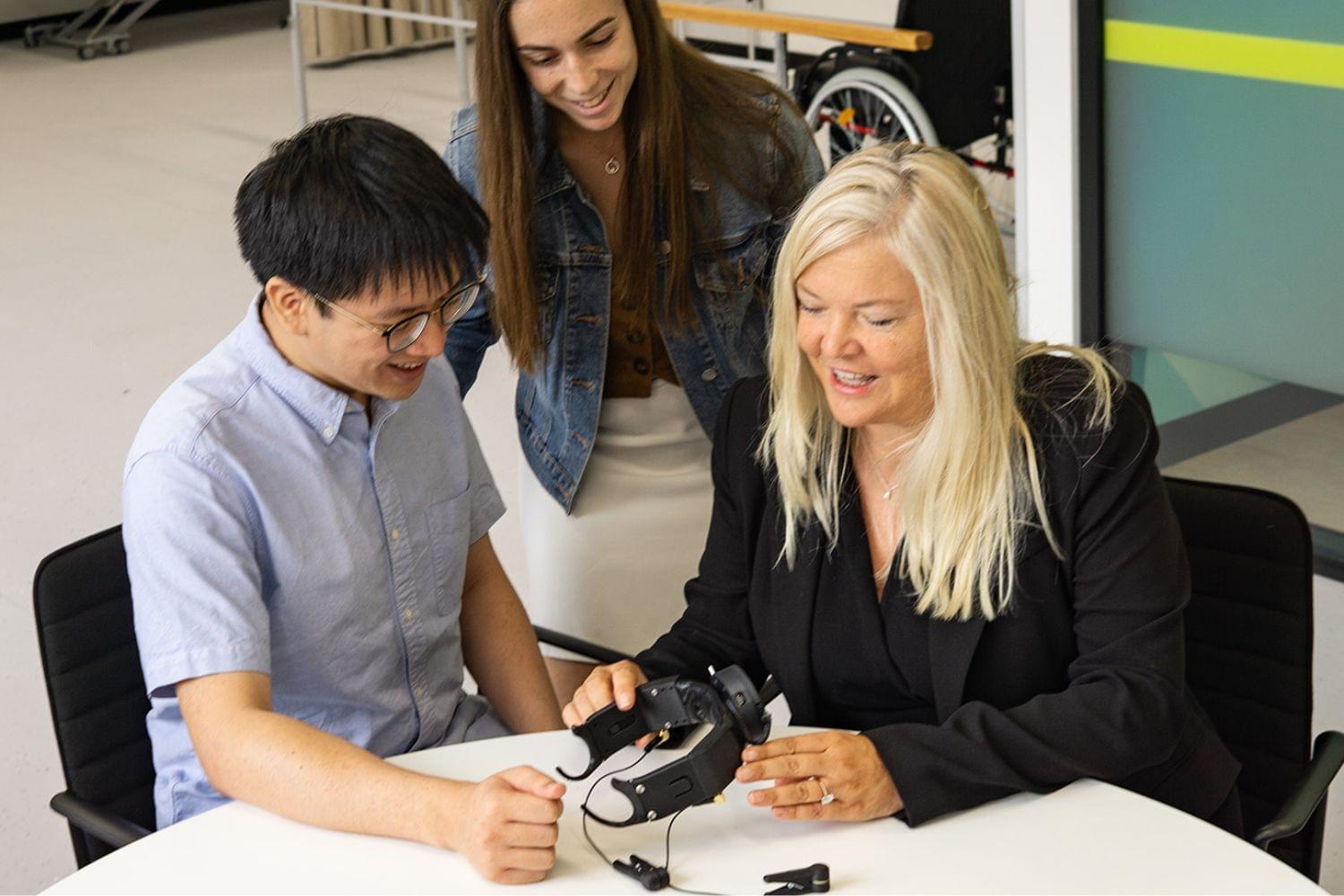Research led by Aarhus University in Denmark reports that individuals with substance use disorders experience a heightened urge to move in response to music with complex rhythms and harmonies.
Long-term use of cocaine and heroin disrupts dopamine signaling in the brain, depleting receptors and diminishing the effects of non-drug stimuli, such as music, to trigger pleasure.
Prior research has shown that music can activate dopaminergic pathways involved in reward, anticipation, and movement. Groove, the pleasurable urge to move to music, follows an inverted-U pattern in healthy listeners, peaking when rhythms fall into a sweet spot of moderate rhythmic complexity. Most people feel the strongest compulsion to move their bodies to the beat when those beats are neither too simple nor too unpredictable.
